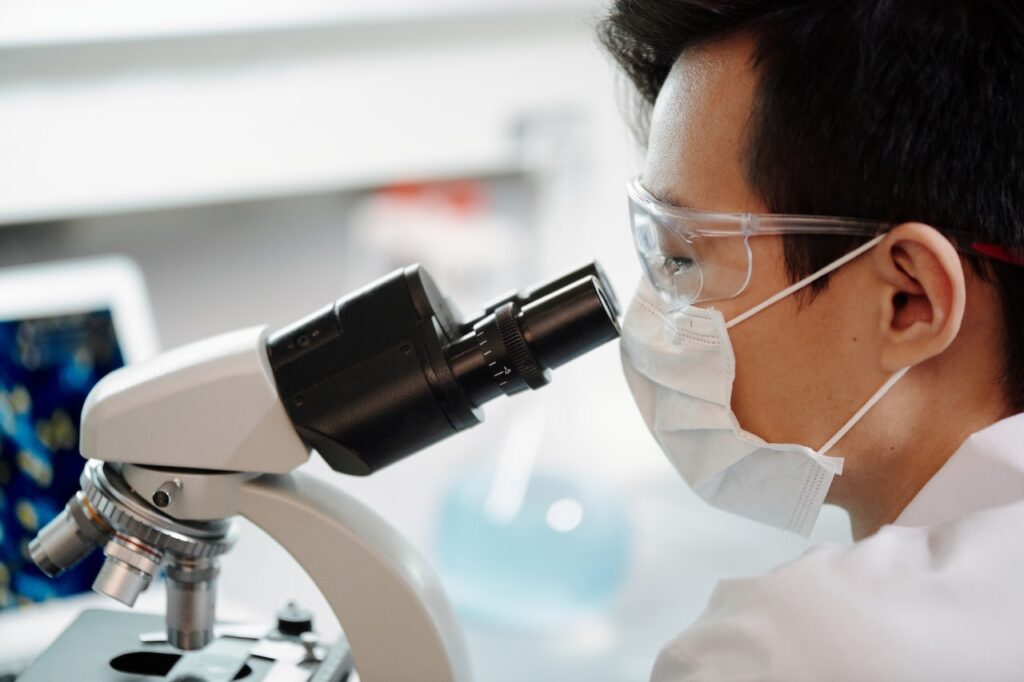
Researchers at Stanford Medicine have successfully transformed cancer cells into immune cells, which are able to teach the body's immune system to fight and attack the very cancer the cells came from.
"This approach could open up a completely new therapeutic avenue for treating cancer," said Dr. Ravi Majeti, professor of hematology and senior author of the study, which was published March 1 in Cancer Discovery.
Some of the most promising cancer treatments use a patient's own immune system to attack the disease, often by dampening immune responses to cancer or teaching the immune system to recognize and attack cancer more vigorously.
T cells, part of the immune system that learns to identify and attack new pathogens such as viruses, can be trained to recognize cancer-specific antigens, which are proteins that generate an immune response.
It would therefore be better to train T cells to recognize cancer through processes that more closely mimic the way things happen naturally in the body – such as the way a vaccine teaches the immune system to recognize pathogens.
T cells learn to recognize pathogens because special antigen-presenting cells (APCs) collect pieces of the pathogen and display them to the T cells in a way that says, “This is what the pathogen looks like, go for it.”
A similar approach in cancer would be for APCs to pick up the many antigens that characterize a cancer cell. That way, instead of T cells being programmed to attack one or a few antigens, they would be trained to recognize many cancer antigens and would be more likely to mount a multipronged attack on the cancer.
Now that researchers have become adept at transforming one type of cell into another, Majeti and his colleagues had a hunch that if they turned cancer cells into a type of APC called macrophages, they would naturally become adept at teaching T cells what to attack.
“Our hypothesis was that perhaps cancer cells reprogrammed into macrophages could stimulate T cells because those APCs carry all the antigens of the cancer cells they came from,” explained Majeti, who is also director of the Institute for Stem Cell Biology and Regenerative Medicine and director of the Ludwig Center for Cancer Stem Cell Research and Medicine.
The study builds on previous research from Majeti's lab showing that cells taken from patients with a type of acute leukemia could be converted into non-leukemic macrophages with many of the properties of APCs.
In the current study, the researchers programmed mouse leukemia cells to induce some of them to transform into APCs. When they tested their cancer vaccine strategy on the mouse immune system, the mice successfully cleared the cancer.
“When we first saw the data showing leukemia elimination in mice with functioning immune systems, we were astonished,” Majeti said. “We couldn’t believe it worked so well.”
Further experiments showed that cells created from cancer cells acted as antigen-presenting cells that sensitized T cells to the cancer.
“What’s more, we showed that the immune system remembered what these cells had taught them,” Majeti says. “When we reintroduced the cancer into these mice more than 100 days after the initial tumor inoculation, they still had a strong immune response that protected them.”
"We asked ourselves: if this works for leukemias, will it also work for solid tumors?" Majeti said. The team tested the same method on mouse fibrosarcoma, breast cancer and bone cancer.
“Transforming cancer cells from solid tumors was not as effective, but we still saw positive results,” Majeti said. With all three cancer types, creating tumor-derived APCs led to a significant improvement in survival.
Finally, the researchers returned to the original type of acute leukemia. When APCs derived from human leukemia cells were exposed to human T cells from the same patient, they saw all the signs one would expect if the APCs were really teaching the T cells to attack the leukemia.
“We showed that reprogrammed tumor cells could trigger a long-lasting, systemic attack on cancer in mice and a similar response with immune cells from human patients,” Majeti said. “In the future we might be able to extract tumor cells, transform them into APCs, and give them back to patients as a therapeutic cancer vaccine.”
“Ultimately, we might be able to inject RNA into patients and transform enough cells to activate the immune system against cancer without having to extract cells first,” Majeti said. “That’s science fiction at the moment, but it’s the direction we’re interested in moving in.”
With information from Stanford Medicine
You may be interested in: Naloxone Toolkit Launched in San Mateo County Schools

